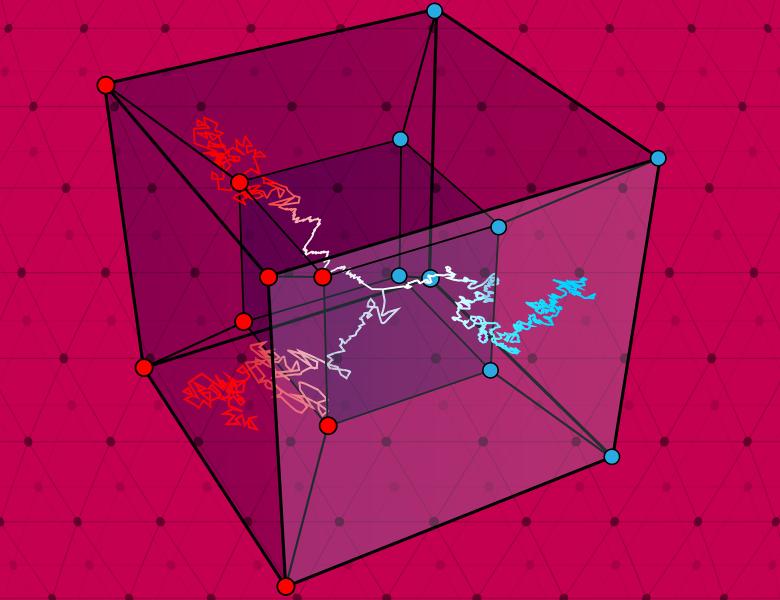
Abstract
In 1947, Paul Erdos famously gave a construction of graphs with no large cliques and independent sets via the probabilistic method. Since then, Erdos’ ingenious probabilistic insight and the emergence of structures in random graphs have motivated fundamental developments in combinatorics and probability. In this talk, I highlight several recent results in random graph studies with interesting connections to additive combinatorics, theoretical computer science and probability.
In joint work with David Conlon, Jacob Fox and Liana Yepremyan, we study structures in random Cayley graphs of general groups. Given a fixed finite group, random Cayley graphs are constructed by choosing the generating set at random. These graphs thus reflect interesting symmetries and properties of the group, at the cost of inducing complex dependencies. We will discuss results on clique and independence numbers in random Cayley graphs of general groups, as well as progress towards a conjecture of Alon on Cayley graphs with small clique and independence number. These questions are naturally connected with some fundamental problems in additive combinatorics, where we surprisingly discover that in some of them the group structure is superfluous.
Certain important aspects in the study of structures in random graphs can be phrased in terms of thresholds. In joint work with Jinyoung Park, building on insights in our resolution of Talagrand’s selector process conjecture, we prove the Kahn-Kalai conjecture, that thresholds of general monotone properties are closely predicted by expectation obstructions. The Kahn-Kalai conjecture is a beautiful milestone towards the understanding of emergence of general structures, and yet to complete the quest, it remains to study these expectation obstructions. This latter task can prove to be highly challenging in several cases and bring in interesting connections. As an illustration, I will discuss joint work with Vishesh Jain that determines the threshold for edge-colorings of complete bipartite graphs by exploiting connections to the Lovasz Local Lemma and local uniformity properties, which have played an important role in sampling solutions to constraint satisfaction problems.


